
Carl Sagan was an American scientist who is best known for Cosmos: a personal voyage in which he kindled a public curiosity about science and astronomy through television. He became an inspiration for many aspiring students, including future astrophysicist Neil deGrasse Tyson.
Other than being an advisor to NASA, Carl Sagan also wrote award winning books, such as Dragons of Eden which won the Pulitzer Prize, and made sci-fi films, like Contact starring Jodie Foster and Matthew McConaughey.
Following are 10 quotes by Carl Sagan which will not only open your mind, but also change your life for real.
1. Somewhere, something incredible is waiting to be known.
This quote encourages us to explore the unknown with excitement. Many a times doctoral students lose hope because what an arduous journey it is to get a PhD. But Carl Sagan says there is always something new to discover, if we do not give up.
2. The cosmos is within us. We are made of star-stuff. We are a way for the cosmos to know itself.
A reminder that we are part of something much bigger, encouraging us to embrace our potential, which may now be hidden or dormant, and to explore our connection to the universe. It links personal ambition to grandeur of the universe.
3. Imagination will often carry us to worlds that never were. But without it, we go nowhere.
This quote is similar to Einstein's imagination is more important than knowledge. It is highlighting the power of creative thinking. In any sphere of life, imagination and creativity are of paramount importance.
4. For small creatures such as we, the vastness is bearable only through love.
This quote is my favorite. We are like butterflies who flutter for a day and think it is forever. This motivates students to find strength in connection and passion. Sagan believes that the power of love is a great motivating force, especially when faced with the enormity of existence.
 |
| picture by Kenneth C. Zirkel |
5. The brain is like a muscle. When it is in use, we feel very good. Understanding is joyous.
Carl Sagan understands the significance of acquiring knowledge, celebrating the thrill of intellectual effort.
6. It is far better to grasp the universe as it really is than to persist in delusion, however satisfying and reassuring.
It is crucial for students to be critical, logical and inquisitive. This quote is urging students to seek truth over comfort.
7. We are star stuff which has taken its destiny into its own hands.
What a beautiful thought isn't it? This quote by Carl Sagan encourages self-empowerment, reinforcing that we have the potential to shape our own futures. Destiny is created.
8. We make our world significant by the courage of our questions and the depth of our answers.
This quote is pushing students to ask hard questions and seek profound solutions. The world only changes and evolves if we keep asking questions to authority unafraid. This passion, is precious....
9. The universe is not required to be in perfect harmony with human ambition.
..... however, passion may not always lead to the solutions we want. This quote is a reminder that the universe doesn't cater to our desires, so we must find our own path and purpose in the world. In our capacity we should do what we can without worrying about the result.
10. In the vastness of space and the immensity of time, it is my joy to share a planet and an epoch with you.
This Carl Sagan quote is a reminder that we only live once. Seize the moment and connect with others in the journey of learning. Do not wait for the next opportunity in the future while the present waits for you. Time is slipping away at the passing of every thought which did not turn into action.








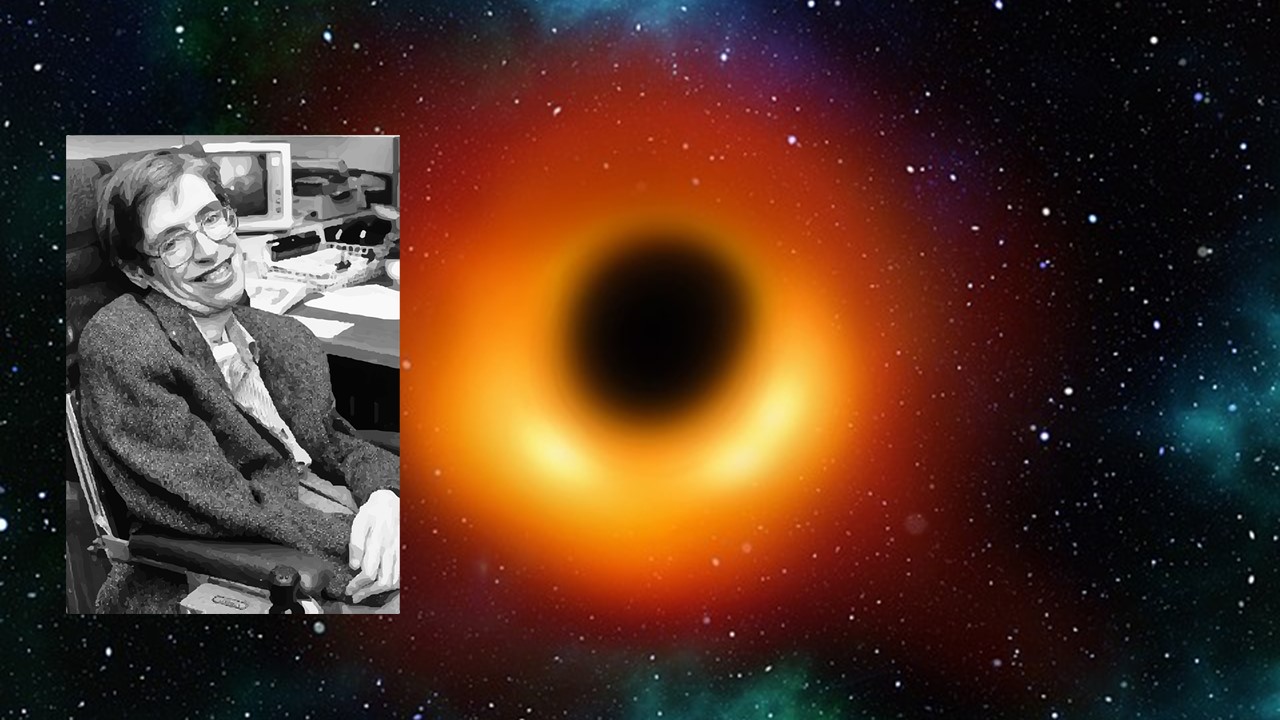
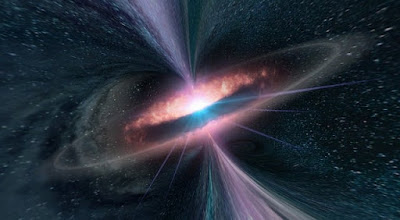


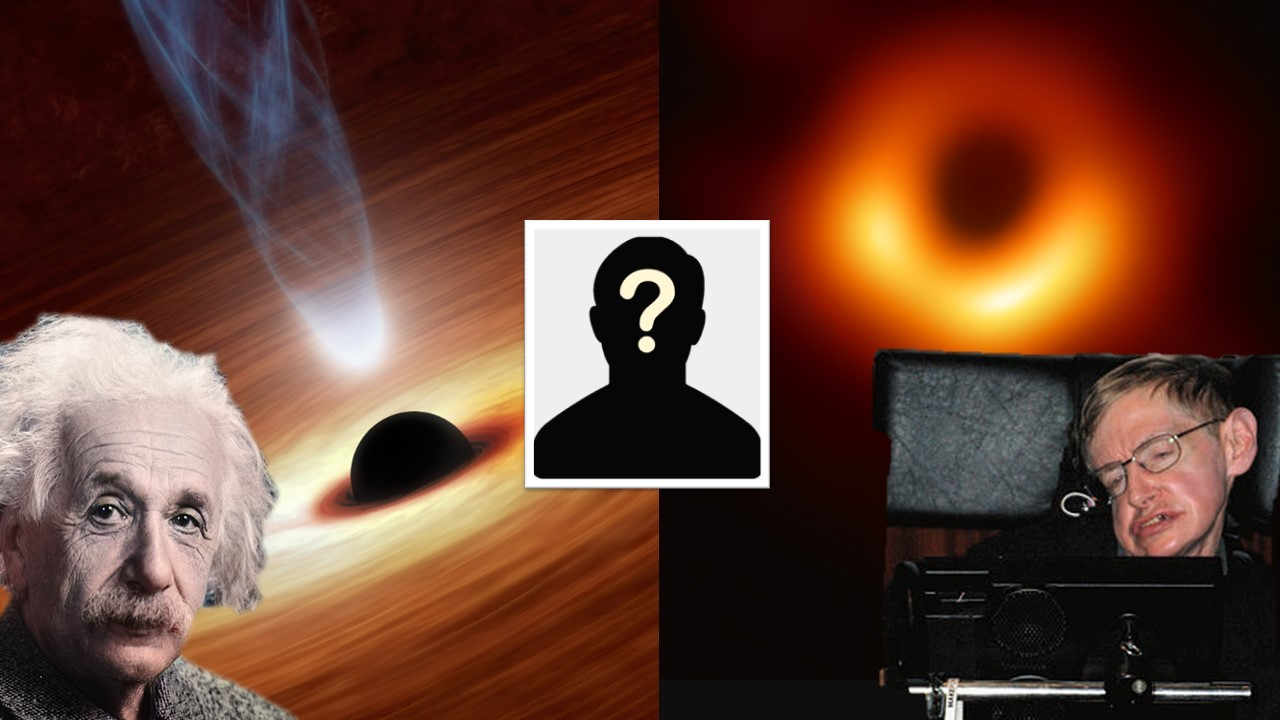


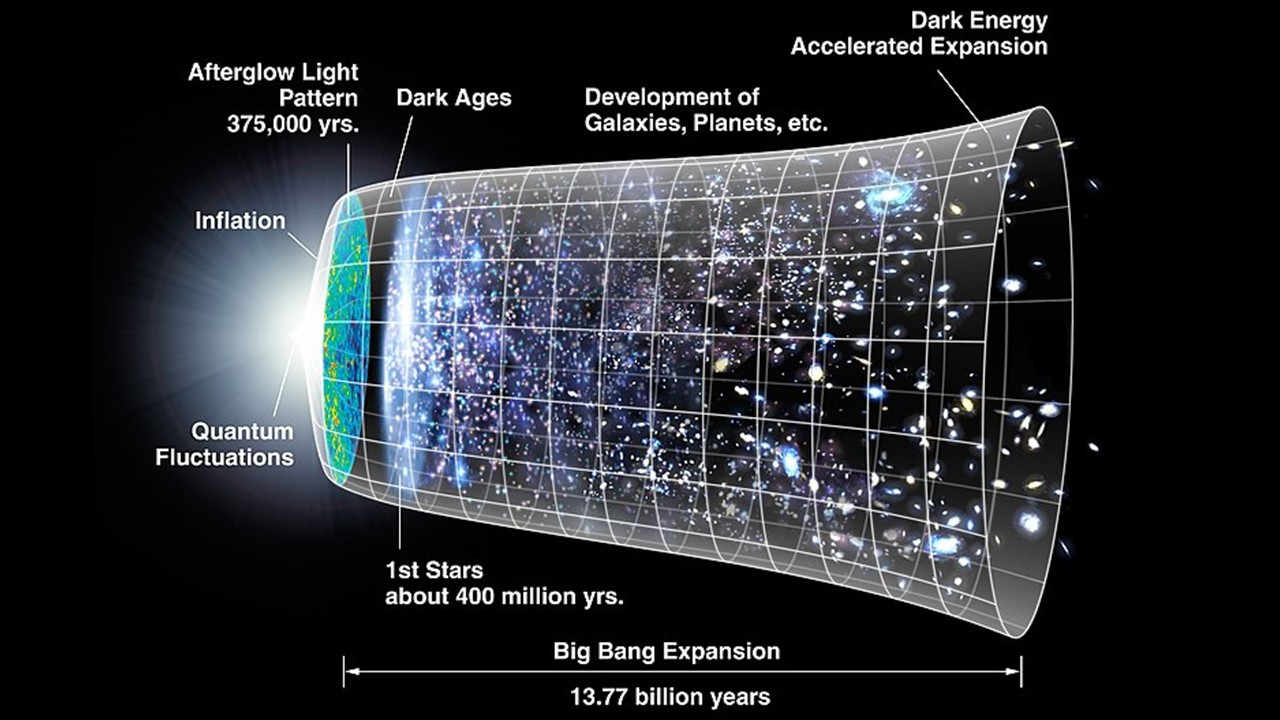
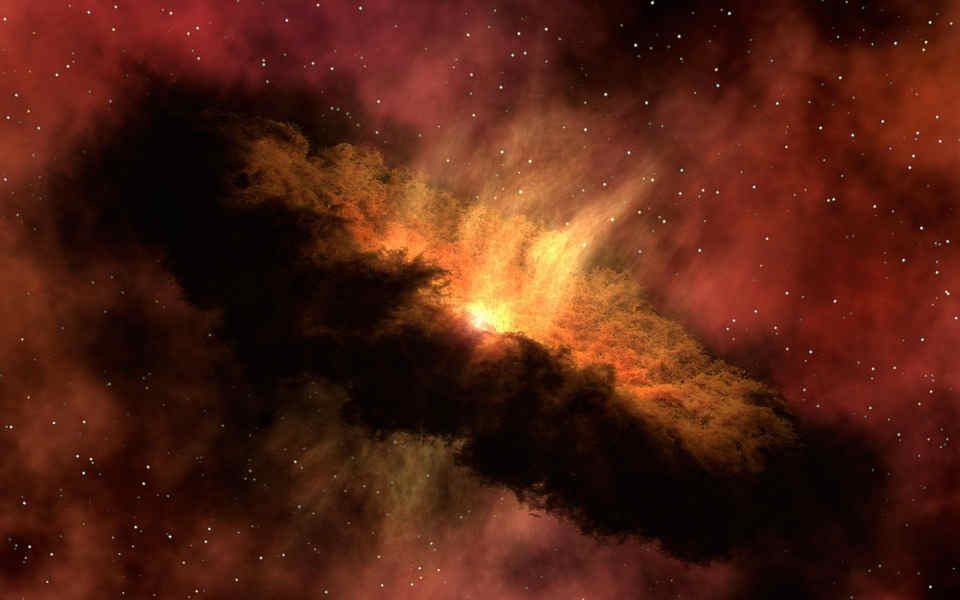
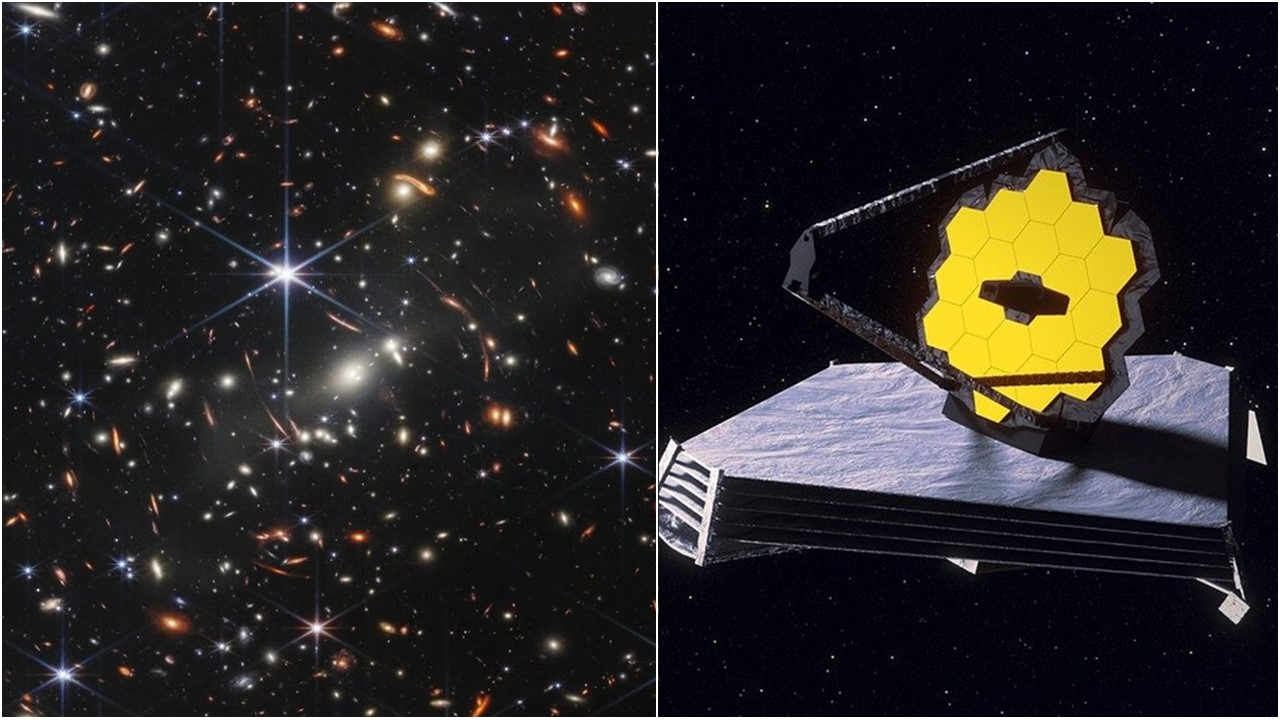







 Physics, astronomy and science history blog for students
Physics, astronomy and science history blog for students